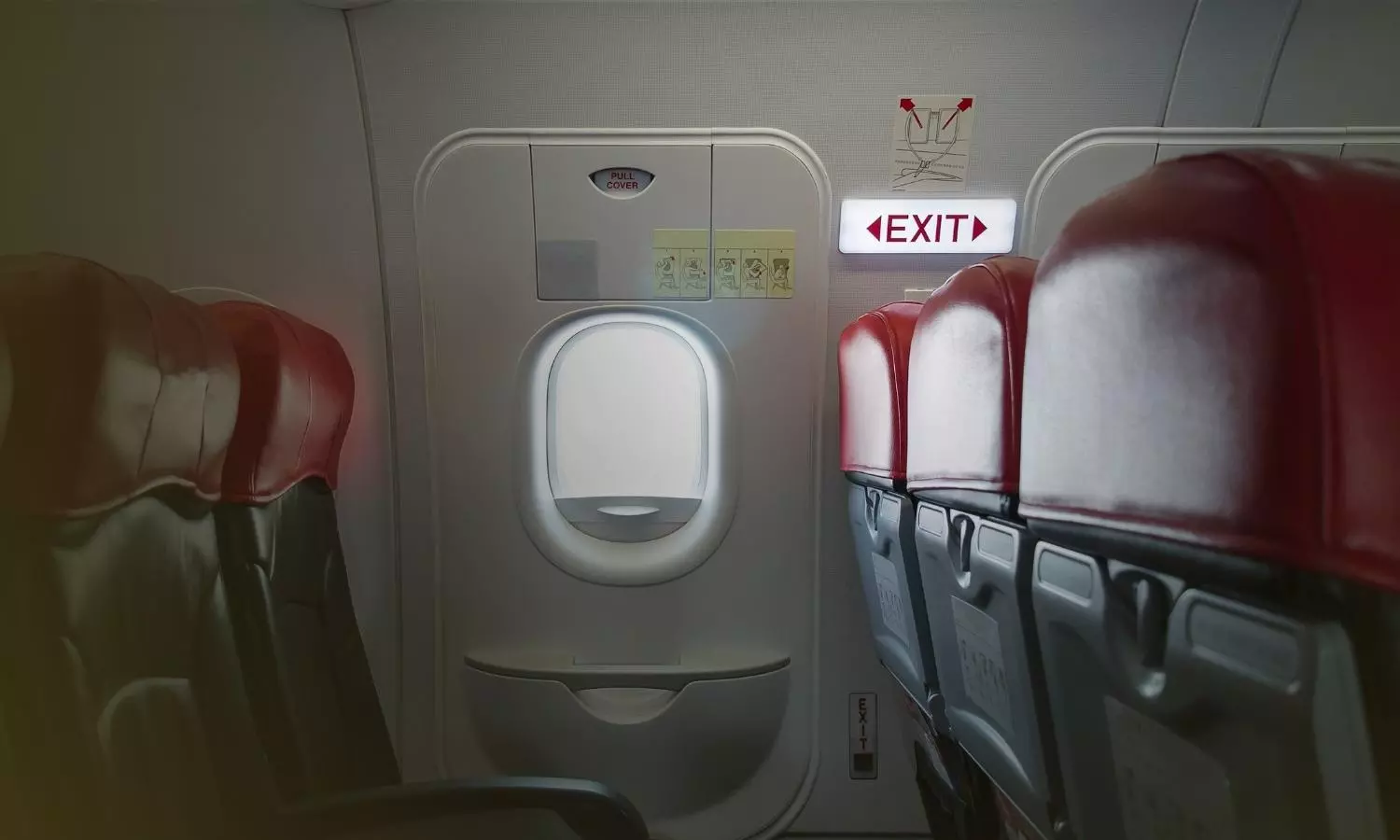
Two crashes, 2 survivors: Is 11A indeed the safest seat in a plane?
Aviation experts say survival in a plane crash hinges on a complex interplay of factors and that seats next to emergency exits may not necessarily be 'safe'

When Indian-origin British national Viswashkumar Ramesh walked away as the sole survivor of the devastating Air India AI171 crash in Ahmedabad on Thursday (June12), he was seated in 11A — next to the emergency exit.
Somewhere in Thailand, actor-singer Ruangsak Loychusak had goosebumps when he learned that Ramesh was seated in 11A when the plane went down. He, too, had survived a plane crash 27 years ago in Thailand — in the same seat.
On December 11, 1998, Loychusak was merely 20 when Thai Airways Flight TG261 stalled and plunged into a swamp while attempting to land in southern Thailand, killing 101 of the 146 people on board. He somehow managed to crawl out of the wreckage, albeit with injuries, just like Ramesh, and was rushed to the hospital.
The coincidence of both men surviving deadly crashes in the same seat has been much talked about on social media and even in aviation circles.
Also Read: Air India, AI Express to do away with flight no '171' after Ahmedabad crash
The Air India crash
The Air India Dreamliner AI 171 crashed shortly after take-off from Ahmedabad on its way to London. Ramesh, the only survivor among 242 people on board, described his escape from the deadly air crash as a miracle. "I don't know how I came out of it alive," he told Doordarshan.
"For a while, I thought I was also going to die. But when I opened my eyes, I realised I was alive and I tried to unbuckle And I opened my seat belt and got out of there. The airhostess and aunty-uncle, all died before my eyes," he added.
Asked if he landed on the hostel, Ramesh said, "No, I was closer to the ground, the ground floor, where there was space. So I came out from there. The building wall was on the opposite side and I do not think anyone was able to come out that way".
His seat, near the emergency exit, has prompted speculation over its safety. It has also led to questions on whether there are any safe seats in an aircraft.
Also Read: Ahmedabad crash: Insurance claims payout could run up to Rs 2,400 Crore, say experts
Surge in demand for seat 11A
The fascination with Ramesh's narrow escape has led to a spike in interest for emergency exit seats on commercial flights, and seat 11A in particular. Until Thursday, many flyers declined seats near emergency exits because some of them did not recline much. Moreover, some did not want to be briefed on how to open these exit doors in case of an emergency.
Seat 11A, on AI 171, was positioned in the first row of the economy class, directly behind the business cabin and close to the emergency exits on the left side. Seat numbers next to emergency exits vary according to types of aircraft and class configuration. Aviation experts said seats next to emergency exits may not afford any additional safety in case of a plane crash.
According to Reuters, a 2007 Popular Mechanics study of crashes since 1971 found that passengers towards the back of the plane had better survival odds. Some experts suggest the wing section offers more stability.
Also Read: Ahmedabad crash puts Boeing under lens again over recurring safety issues
Lessons in survival
Also, experts say aircraft vary widely in seat configurations, crashes are unique, and survival often hinges on a complex interplay of factors.
They continue to underline that preparedness is the key. Safety briefings, seatbelt use, and situational awareness improve survival odds far more than relying on seat numbers.
Safety briefings, which are often ignored or considered something not worth paying attention to, can dramatically increase survival odds in emergencies.
Advancements in airplane cabin design have also reportedly improved the survivability of accidents on or near the ground. These include better fire suppression systems, less flammable cabin materials, and improved evacuation paths.

